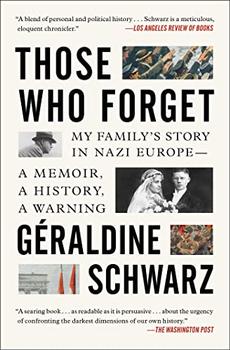Summary | Excerpt | Reviews | Beyond the book | Read-Alikes | Genres & Themes | Author Bio

A World Divided, 1961-1989
by Frederick TaylorOn the morning of August 13, 1961, the residents of East Berlin found themselves cut off from family, friends and jobs in the West by a tangle of barbed wire that ruthlessly cut a city of four million in two. The Berlin Wall is the first comprehensive account of a divided city and its people in a time when the world seemed to stand permanently on the edge of destruction.
On the morning of August 13, 1961, the residents of East Berlin found themselves cut off from family, friends and jobs in the West by a tangle of barbed wire that ruthlessly cut a city of four million in two. Within days the barbed-wire entanglement would undergo an extraordinary metamorphosis: it became an imposing 103-mile-long wall guarded by three hundred watchtowers. A physical manifestation of the struggle between Soviet Communism and American capitalism—totalitarianism and freedom—that would stand for nearly thirty years, the Berlin Wall was the high-risk fault line between East and West on which rested the fate of all humanity. Many brave people risked their lives to overcome this lethal barrier, and some paid the ultimate price.
In this captivating work, sure to be the definitive history on the subject, Frederick Taylor weaves together official history, archival materials and personal accounts to tell the complete story of the Wall's rise and fall, from the postwar political tensions that created a divided Berlin to the internal and external pressures that led to the Wall's demise. In addition, he explores the geopolitical ramifications as well as the impact the wall had on ordinary lives that is still felt today. For the first time the entire world faced the threat of imminent nuclear apocalypse, a fear that would be eased only when the very people the Wall had been built to imprison breached it on the historic night of November 9, 1989.
Gripping and authoritative, The Berlin Wall is the first comprehensive account of a divided city and its people in a time when the world seemed to stand permanently on the edge of destruction.
Taylor has penned a compelling, thrilling, narrative history of the rise and fall of The Berlin Wall from a hastily constructed barbed-wire fence to the 30 miles of concrete and 300 watchtowers that followed shortly after. He looks not just at the barrier that partitioned a city, and the human stories of those effected by the Wall, but also at the global politics behind its construction in 1961, 16 years after the war had ended and 13 years after Stalin's failed attempt to seal off the city had been foiled by the Berlin airlift...continued
Full Review
 (733 words)
(733 words)
(Reviewed by BookBrowse Review Team).
Hadrian's Wall was built in AD 122. It measures 80 Roman miles (73.5 miles/117 km). It was the second of three stone and turf fortifications the Romans built across Britain to prevent military raids by the Picts (who inhabited what is now Scotland) but is best known as it is the best preserved. The lesser known walls areGask Ridge, built about 40 years before Hadrian's Wall, and theAntoine Wall, built farther north about 20 years later.
The Great Wall of China was started in the 3rd century and was rebuilt and rerouted a number of times (360 degree panorama of a small section of the wall). At its height it stretched 6352 km/3948 miles (map & more). In 1644 AD, the Manchus breached the wall by bribing a border general and seized Beijing, thus...

If you liked The Berlin Wall, try these:

by Géraldine Schwarz
Published 2022
Those Who Forget, published to international awards and acclaim, is journalist Géraldine Schwarz's riveting account of her German and French grandparents' lives during World War II, an in-depth history of Europe's post-war reckoning with fascism, and an urgent appeal to remember as a defense against today's rise of far-right nationalism.

by Rob Spillman
Published 2017
In his intimate, entertaining, and heartfelt memoir, Spillman narrates a colorful, music-filled coming-of-age portrait of an artist's life that is also a cultural exploration of a shifting Berlin.
Idealism increases in direct proportion to one's distance from the problem.
Click Here to find out who said this, as well as discovering other famous literary quotes!